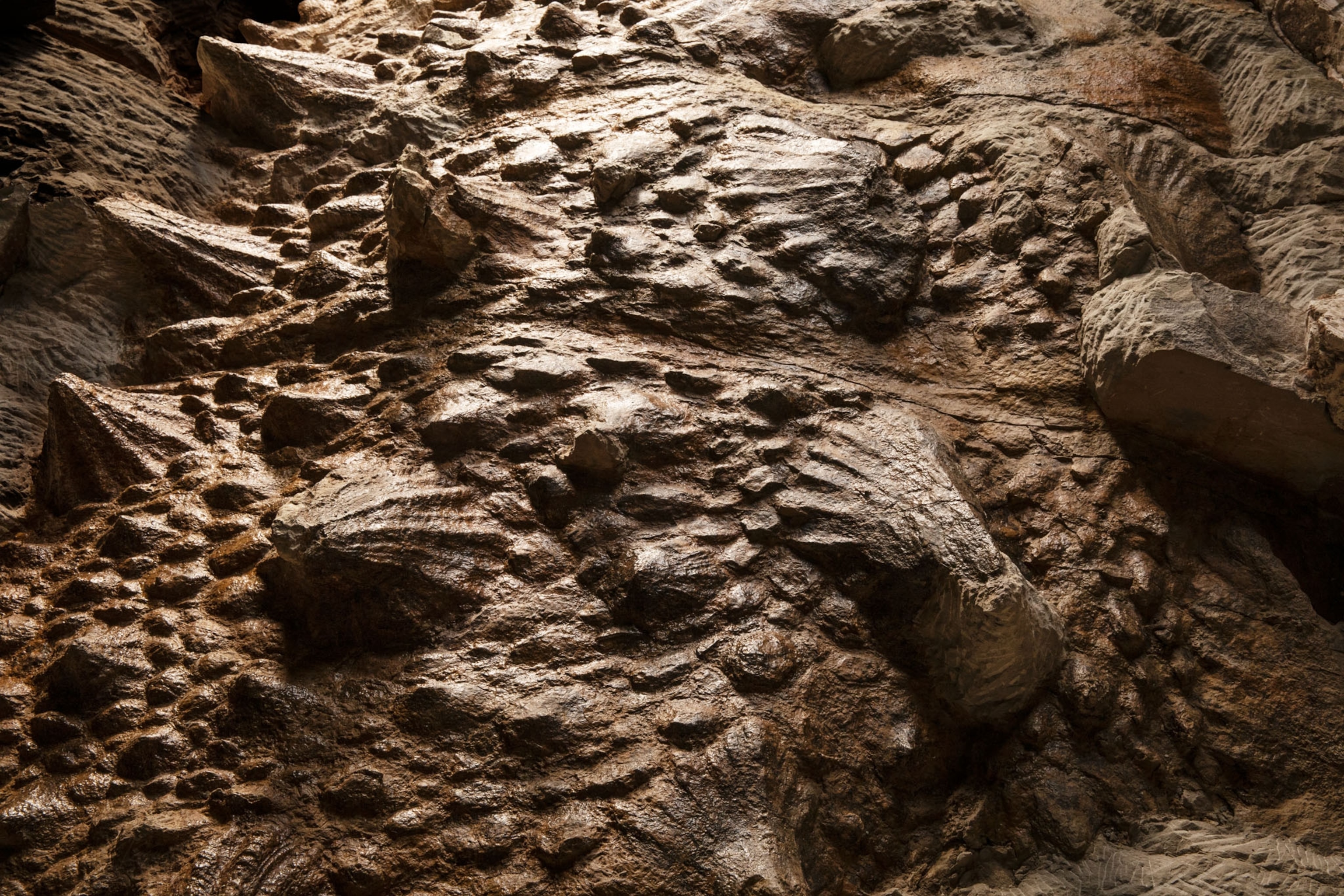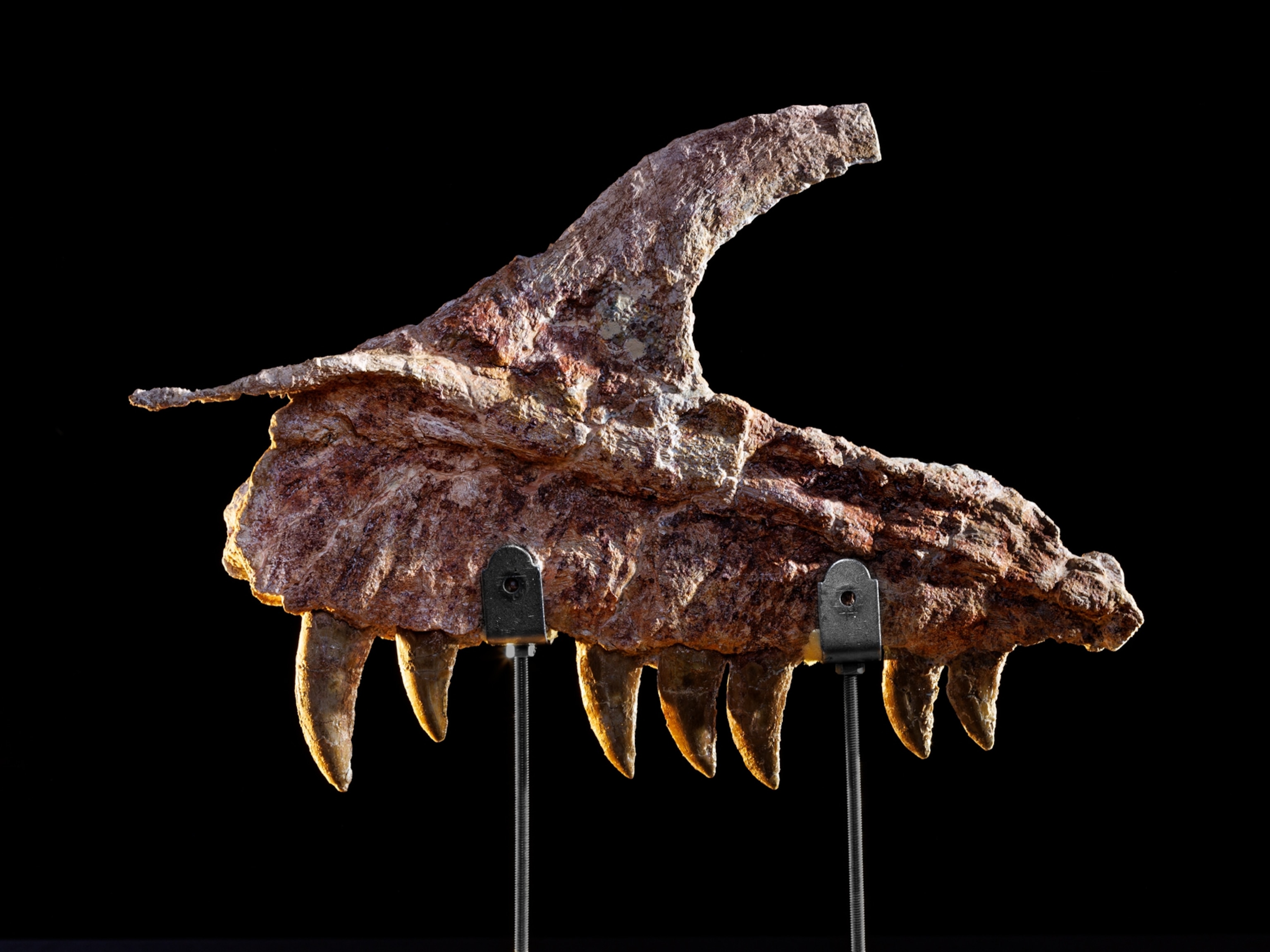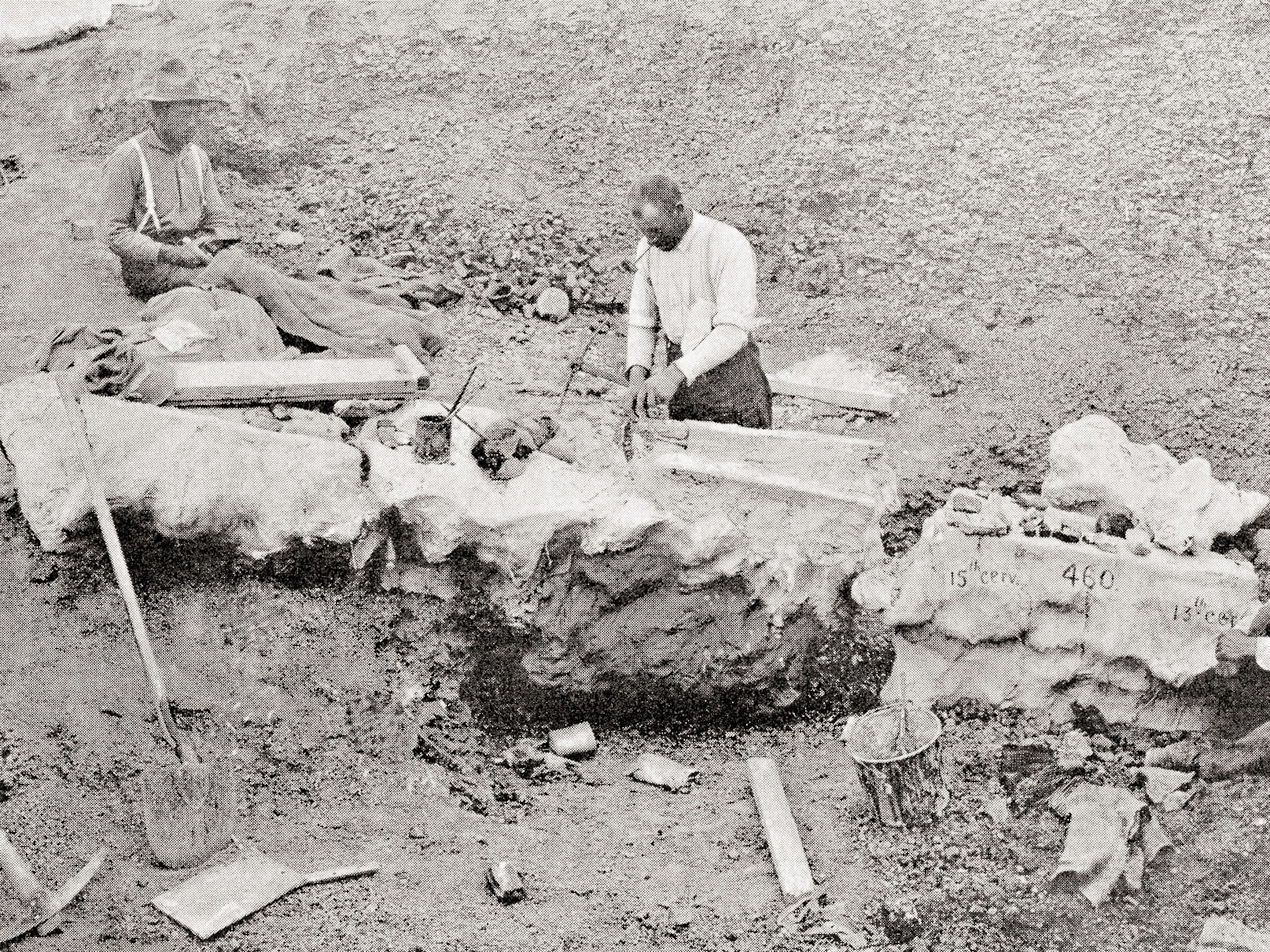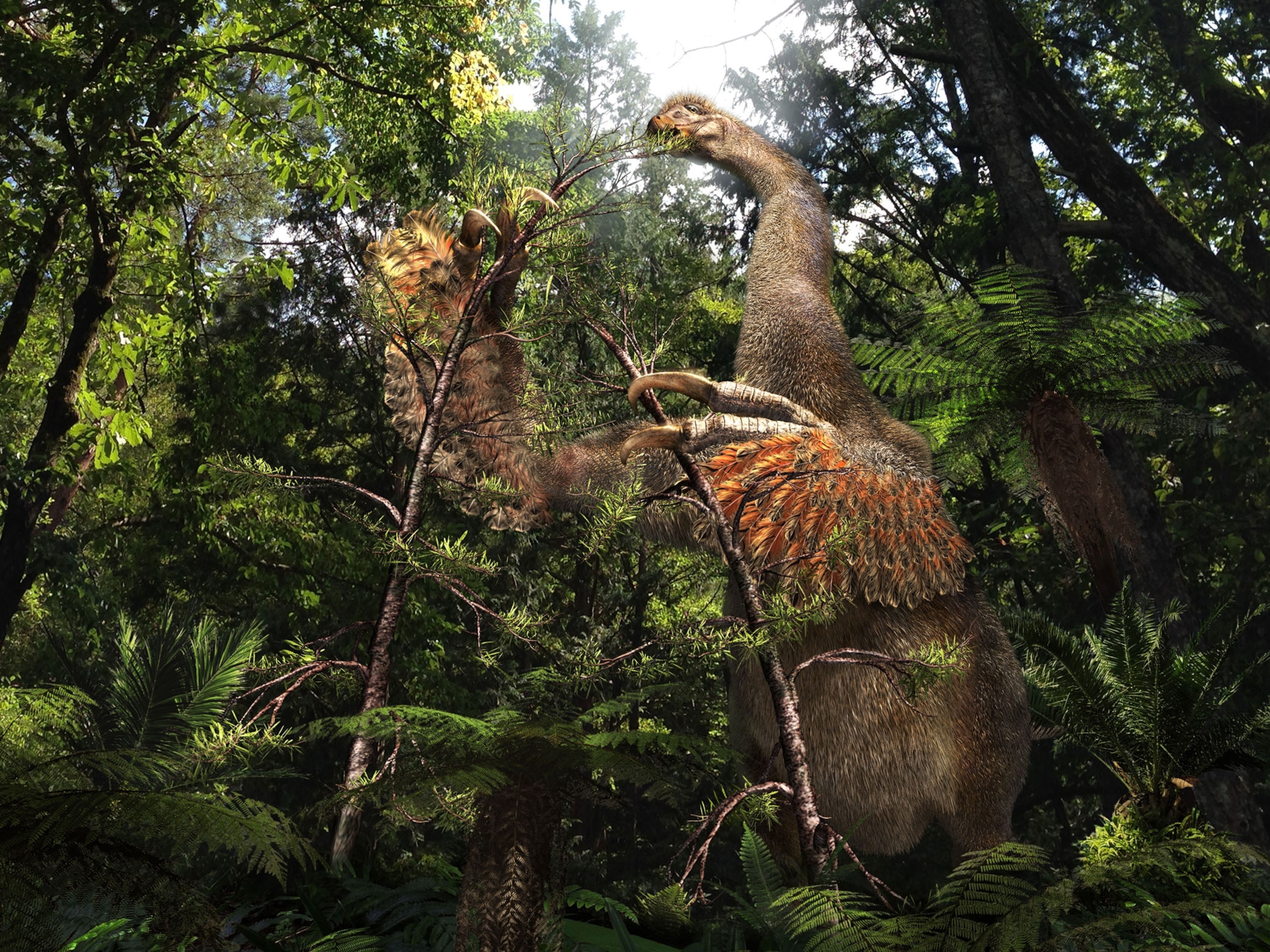
Meet the new dinosaur known as the “destroyer of shins”
The mighty Zuul crurivastator, a recently discovered Cretaceous dinosaur, had a sledgehammer tail that could topple tyrannosaur.
In the 1984 film Ghostbusters, a ragtag crew of parapsychologists does battle with Zuul, a hellhound with a gargoyle’s face. Minions possessed by the fictional beast proclaim, “There is only Zuul!” But in real life, scientists have discovered a doppelgänger: Zuul crurivastator, a new genus and species of dinosaur with movie-monster looks.




The creature is the most complete ankylosaurid—a type of club-tailed armored dinosaur—ever found in North America. It’s also amazingly preserved. Zuul’s armor fossilized in place, down to the furrowed soft tissues sheathing it. Preserved damage on Zuul’s flank may even chronicle its battles with other ankylosaurids. “It’s beyond our wildest dreams,” says David Evans, the Royal Ontario Museum paleontologist who is leading the study of Zuul.
It’s outstandingly preserved… It’s jaw-dropping. It’s hard to fathom just how long the tail is or just how sharp those spikes are.Victoria Arbour, Curator of Paleontology, Royal BC Museum
The tanklike herbivore died 76 million years ago in what’s now northern Montana, near an estuary fringing an ancient sea. Its bloated carcass somehow ended up in a river, where it got caught in a logjam and was quickly buried in sand. The animal stayed entombed until 2014, when private fossil excavators stumbled across the remains. The Royal Ontario Museum acquired the fossil in 2016, and in May 2017, museum researchers declared it a new type of dinosaur. While research on the fossil continues, Zuul has made its red-carpet premiere—as the focus of a new museum exhibit.
Read more about Zuul, the club-tailed Cretaceous beast known as the “destroyer of shins.”




